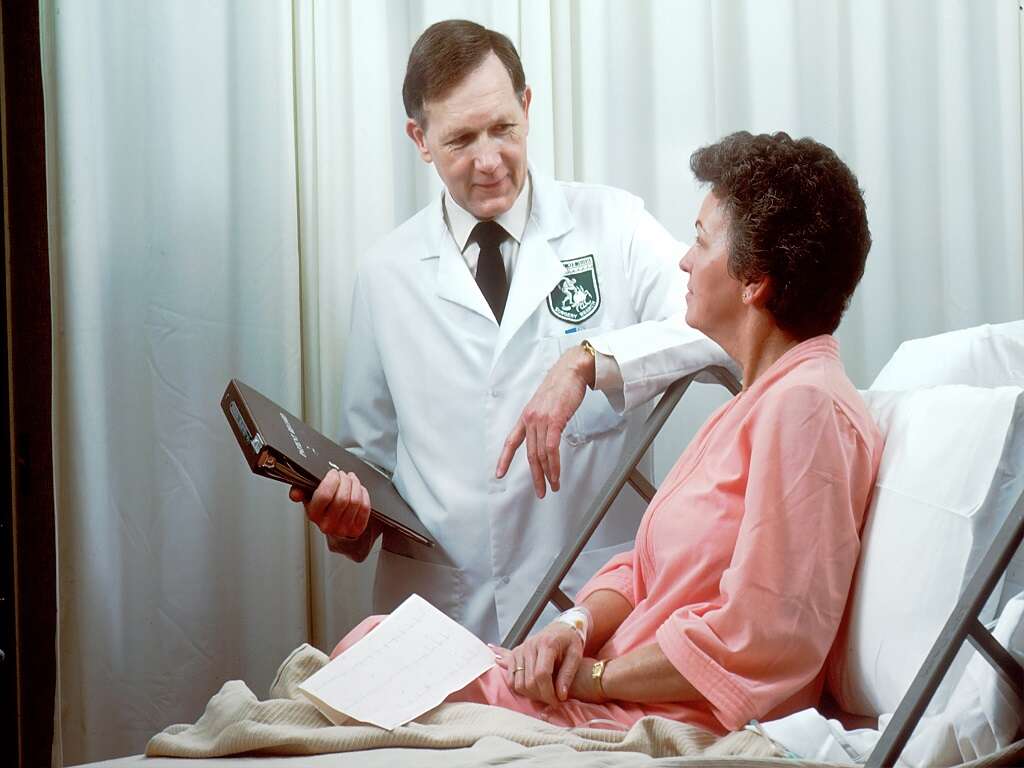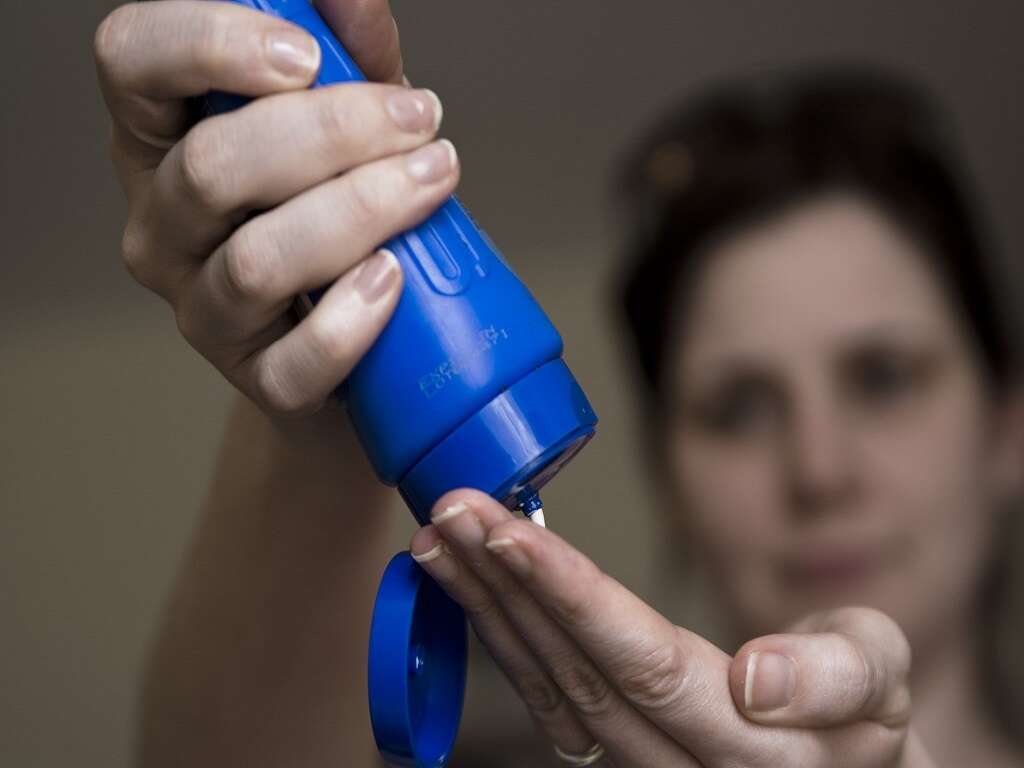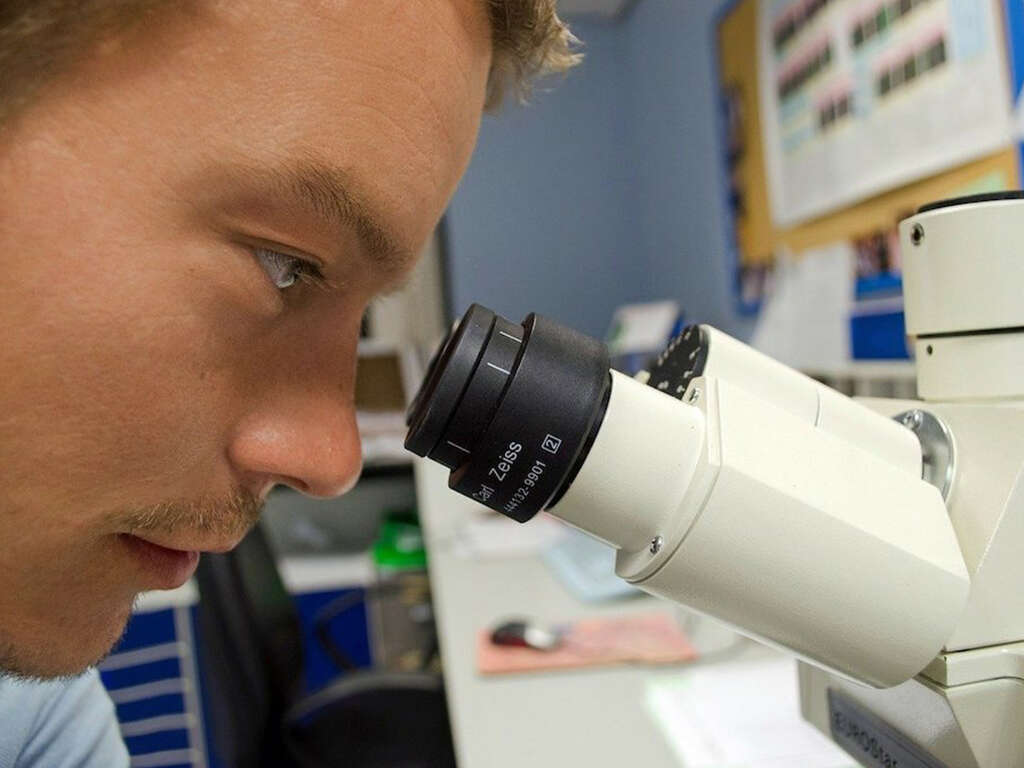What Is Leprosy?
Leprosy is one of the most notorious diseases that have ever inflicted mankind. In the past, those who had it were fated to begin losing their functionality and even losing body parts over many years. It would eventually be fatal as the disease start harming the patient’s organs as it progressed.
People with leprosy, who are known as lepers, were often banished from their communities lest they infected other people. Leper colonies were established in many parts of the world where people with the disease would live among each other, and with little to no contact with people on the outside. The disease is curable, but treatment should be found as soon as possible.
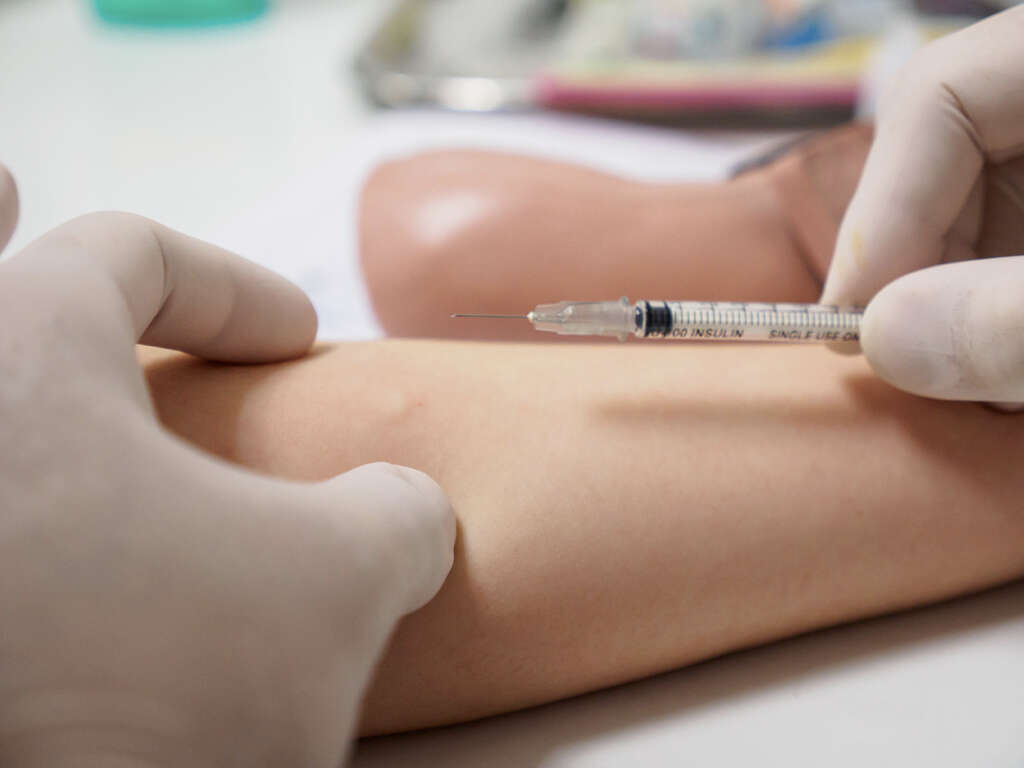
1. Leprosy
Leprosy, which is also known as Hansen’s disease, is one of the oldest human diseases that we know of. The first known reference to the disease comes from around 600 BCE. It is a type of bacterial infection, and it affects various parts of the body. The disease results in nerve damage, ulcers, and weakness and it can cause severe disfigurement.
Leprosy has taken many lives throughout history, although it is now far less dangerous than it used to be. It is rare in developed nations but is still prevalent in many other parts of the world. There are 3 main methods of categorizing the disease.
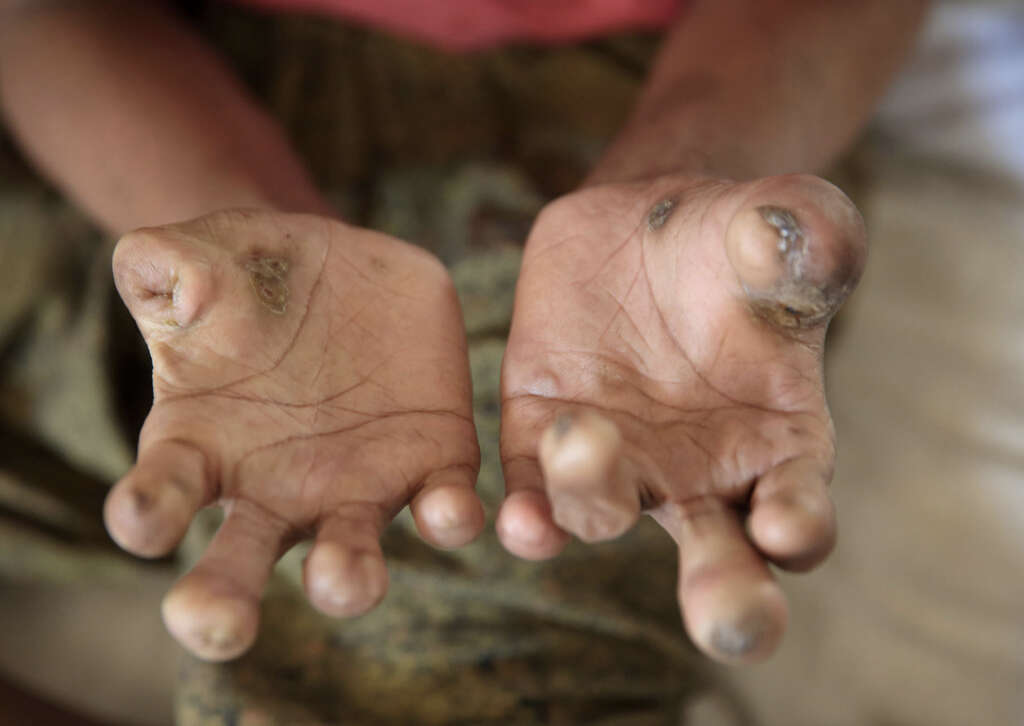
2. (WHO) Classification
The World Health Organization has a system that categorizes leprosy according to how much of the skin is affected, and how it is affected. They have two main categories, the first of which is paucibacillary. This means the there are no more than five lesions on the patient’s body, and that skin samples have no bacterium.
The other category is multibacillary. Patients in this category will have more than 5 lesions on their body. In addition, the bacterium responsible can be found in skin samples and in smear tests. The World Health Organization claims that it is important to differentiate between the two to ensure the patient received the appropriate treatment.
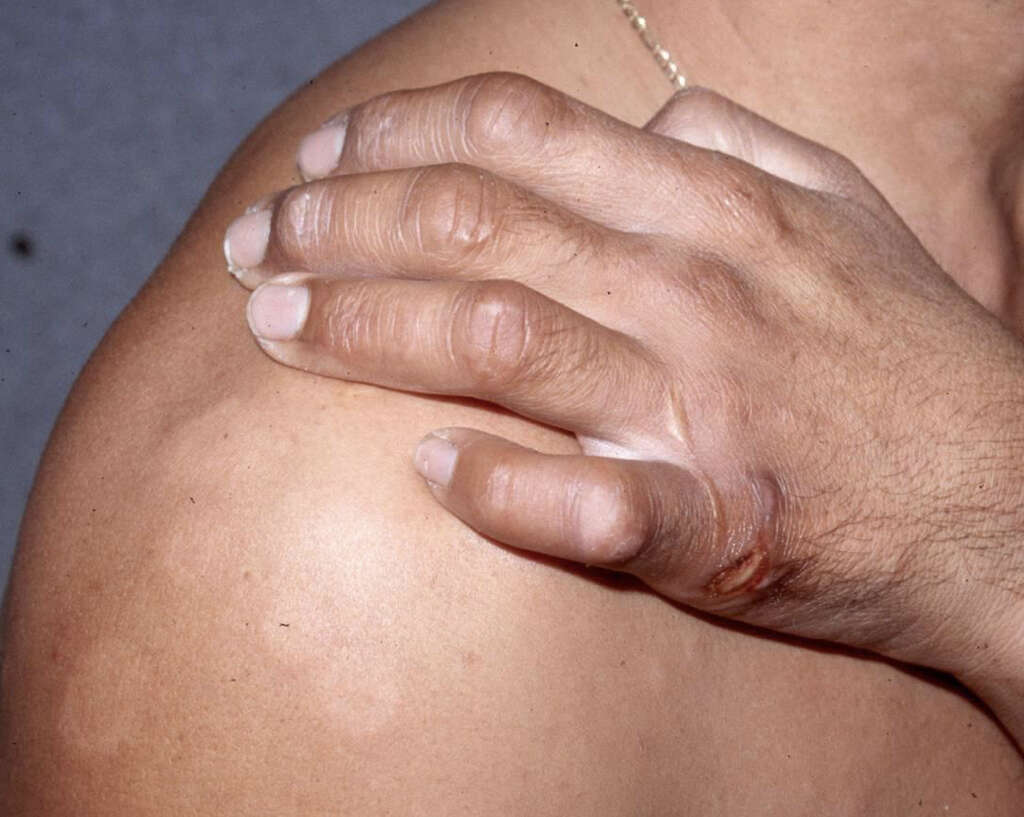
3. Tuberculoid Leprosy Classification
Another method of categorization involves 3 different types of leprosy, and each type is diagnosed according to how the patient’s immune system is responding to the disease. The first is tuberculoid leprosy. Patients with this type will have a good immune response to the disease, have few lesions, and will only be mildly contagious.
Another type is lepromatous leprosy. In this type, the patient has a poor immune response to the disease. Large areas of the body are affected, and organs and nerves are also affected. This variety is also more contagious than the previous type. The third category is borderline leprosy, which means the patient is somewhere in between the other two varieties.
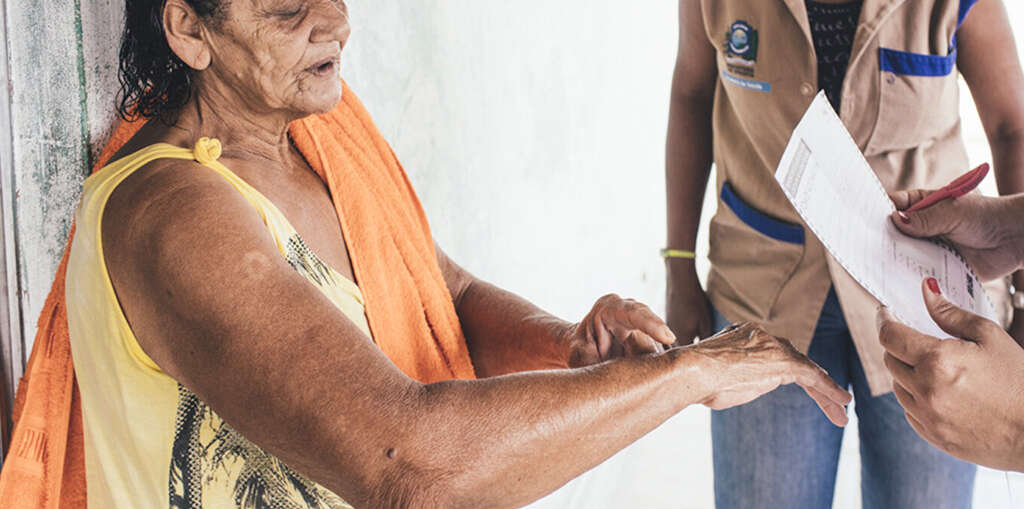
4. Ridley-Jopling Classification
The Ridley-Jopling classification system involves 5 different categories. The first of these is tuberculoid leprosy, which means there are just a few lesions on the body, and some minor damage to the nerves. Next is borderline tuberculoid leprosy, in which there is slightly more nerve damage.
Following that is borderline, which is followed by borderline lepromatous, which means that the patient has swollen lymph nodes, red plaques on their skin, and some numbness. Lepromatous leprosy is the most severe form with numerous lesions, peripheral nerve thickening, hair loss, and disfigurement. Patients may regress to a milder form or advance to a more severe form, except for Lepromatous leprosy which does not regress.
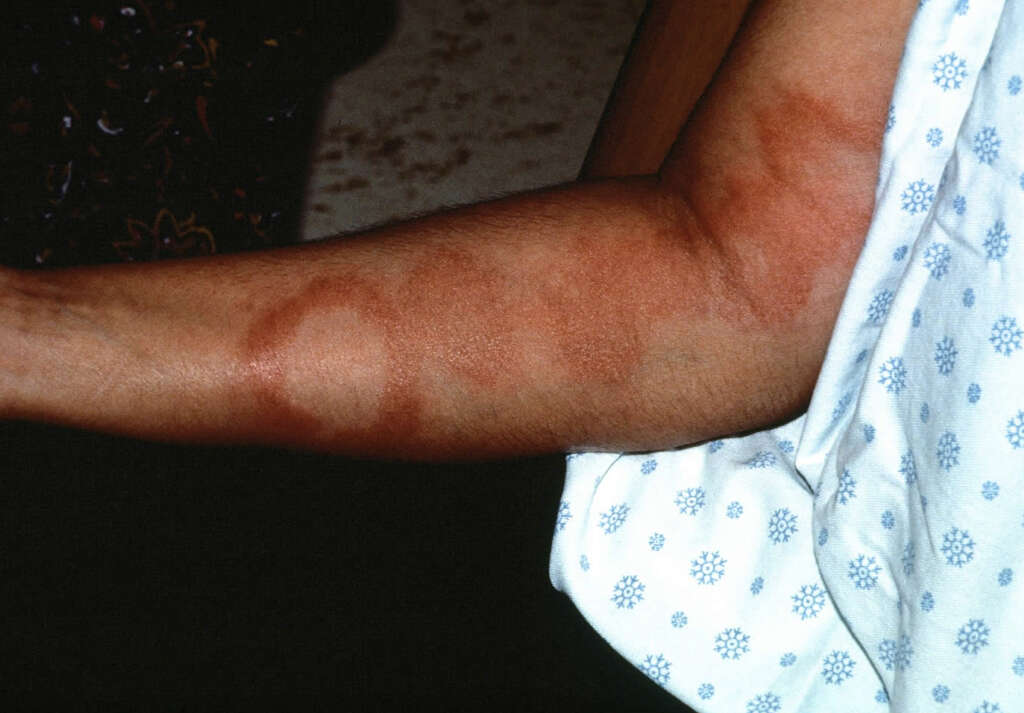
5. Transmission
Leprosy is caused by the Mycobacterium leprae bacterium. It is not a highly contagious disease and somebody would usually need to spend long periods of time with an infected person to become infected themselves. It is usually spread by mucus when an infected person coughs or sneezes. It is also thought the disease can be transmitted by armadillos.
The patient is unlikely to start showing any symptoms until on average around 5 years after they were initially affected. However, it can take as little as 1 year for symptoms to show in some people, and as many as 20 years for others. The disease will also progress slowly once the patient does begin to show symptoms.

6. Symptoms
Typical symptoms of leprosy include lesions on the skin. These lesions usually do not heal well, and they are also likely to be less sensitive than unaffected parts of the body. The lesions will sometimes be red and inflamed, and at other times they can be paler than the surrounding skin is.
Leprosy will gradually damage the patient’s nerves and this can lead to numbness in the arms, legs, feet, and hands. The patient will also likely develop weakness in their muscles as their nerves become increasingly damaged. Hair loss is another symptom that patients with leprosy will likely encounter.
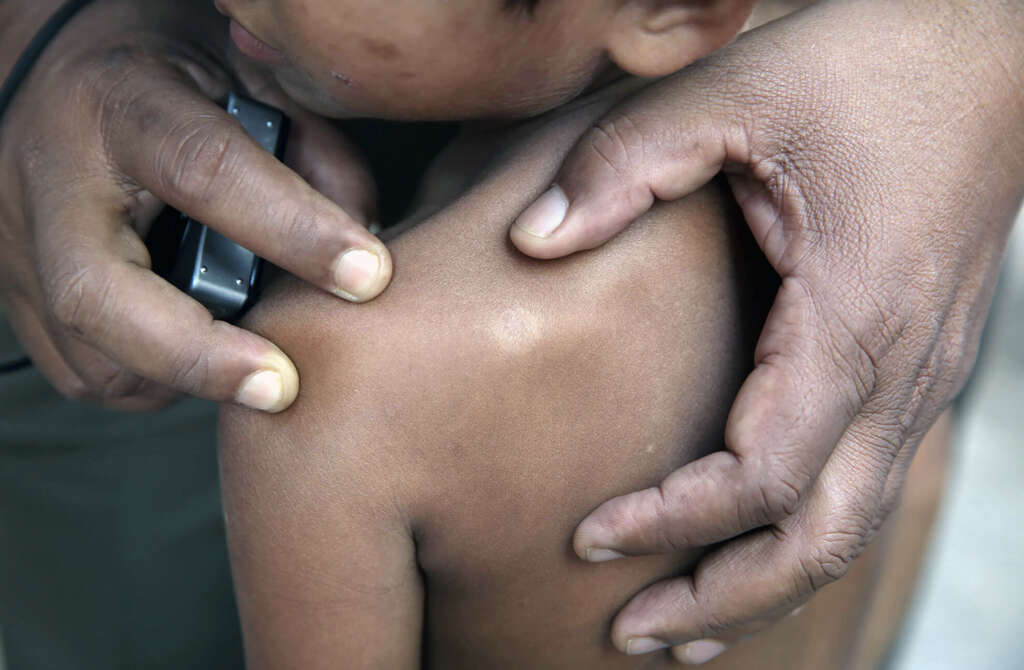
7. Complications
In addition to the symptoms mentioned, leprosy can cause potentially severe complications for the patient. One of these is permanent damage to nerves, particularly in the arms and legs. The disease will also cause permanent disfigurement if it is left untreated. As the disease progresses, the patient will also lose their ability to lose their hands and feet.
The patient can become infertile and men will suffer from erectile dysfunction. Chronic nasal congestion will become a problem, the nasal septum can collapse, and the patient will have regular nosebleeds. Various eye problems can be experienced, and many people with untreated leprosy will lose their eyesight altogether. The disease can also cause kidney failure.
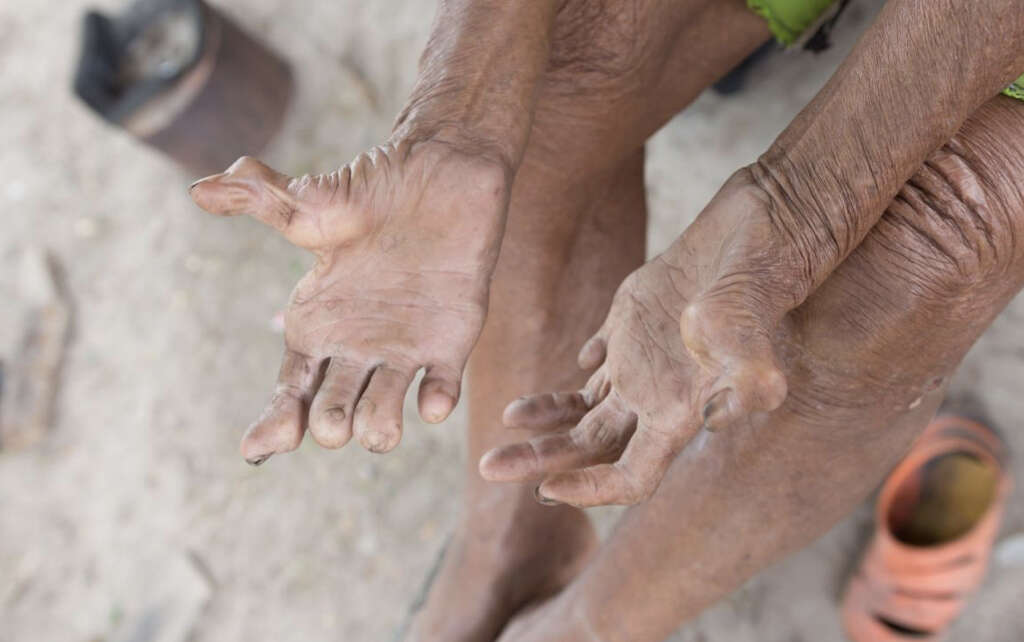
8. Prevention
Despite its notoriety, leprosy is not an easy disease to catch. Avoiding contact with people that are infected by the disease should be enough to keep you safe. The disease is also rare in developed nations meaning that, depending on where you are located, you are very unlikely to come into contact with an infected person.
Safety precautions like wearing personal protection equipment may be used if you are expecting to be around people that are infected. If you do have symptoms of the disease then you should get them checked out as soon as you can. This is because treating the condition sooner means the more severe symptoms and complication can be avoided.
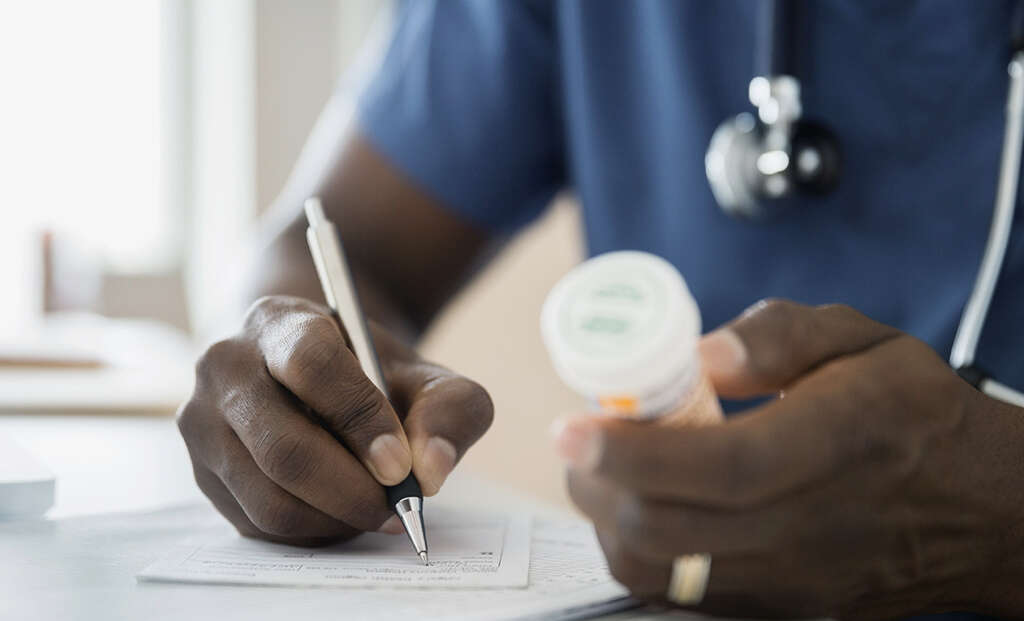
9. Diagnosis?
In order to diagnose leprosy, your doctor will likely want to perform a physical exam to help look for signs of the disease. If the disease is suspected, then they will likely want to take a biopsy of affected tissue so it can be analyzed further. A lepromin test is also likely to be performed.
In this test, which is also known as the leprosy skin test, a small amount of inactivated Mycobacterium leprae will be injected under the skin. The area will need to be examined again in 3 days, and a diagnosis can often be made according to how the patient’s body has reacted to the injection.

10. Treated
Leprosy is a disease that is now curable. The cure was developed by the World Health Organization, and it has been made available for free worldwide. Treatment is administered with help from several antibiotics that will help to kill the bacteria outright, thus curing the patient.
The patient will need to continue taking the medication for months and, in some cases, it might be years. The patient may also be prescribed anti-inflammatories to help soothe the symptoms and help prevent further damage. This will sometimes include thalidomide, which should not be given to pregnant women to avoid the chance of their child being born with deformities.




